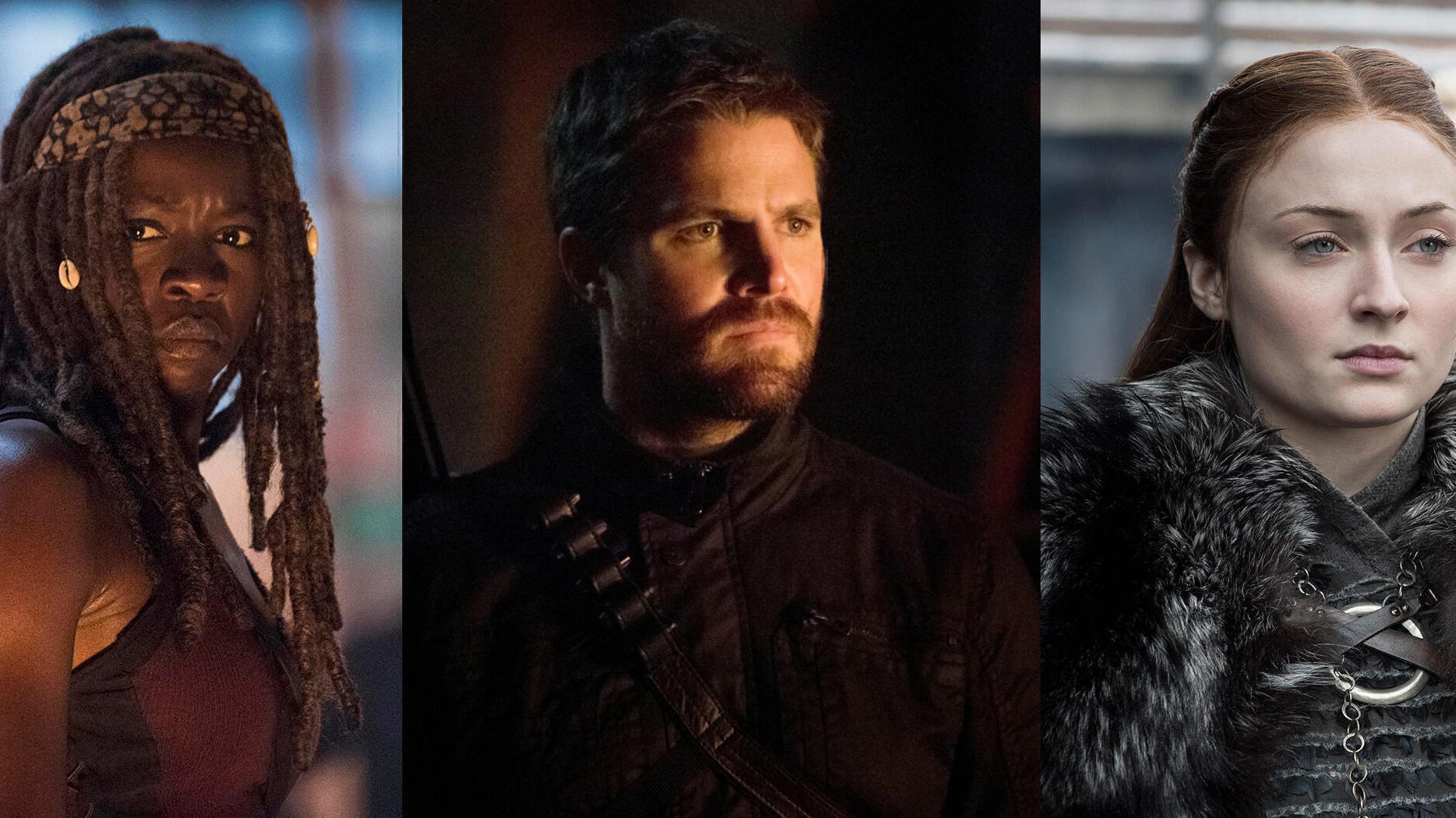
The 7 Most Influential Shows of the Decade
Other shows may have been better, but no shows were more important to television over the last 10 years

The last 10 years have been pretty weird for almost everyone, but nothing had a better decade than television. From the advent of streaming to finally competing with (and, in some cases, overtaking) the film industry, TV experienced a rate of growth and maturity usually reserved for scrawny junior high school kids over summer break.
And while television undoubtedly left an impact on all of us, its greatest impact was on itself. New trends, new technologies, and new standards all made the decade starting in 2010 massive for TV, and those marks have already started shaping what and how we'll watch over the next decade.
Best TV of the Decade: The Shows, Moments, and Trends That Defined the 2010s
Below, we're taking a look at the most influential shows of the past decade that left the biggest impact in the industry. This isn't a list of the best shows of the decade -- we have another list for that -- hence you won't see big-name shows like Better Call Saul or Veepon here. Instead, you'll find the shows whose influence was felt over the last 10 years and will be felt for the next 10 years.
These could be shows that started a new trend, like the influx of the anthology. Or they could have defined a shift for a network, like a certain home to several superheroes. Or maybe they redefined not just where we watched television, but how.
American Horror Story Invoked the Anthology
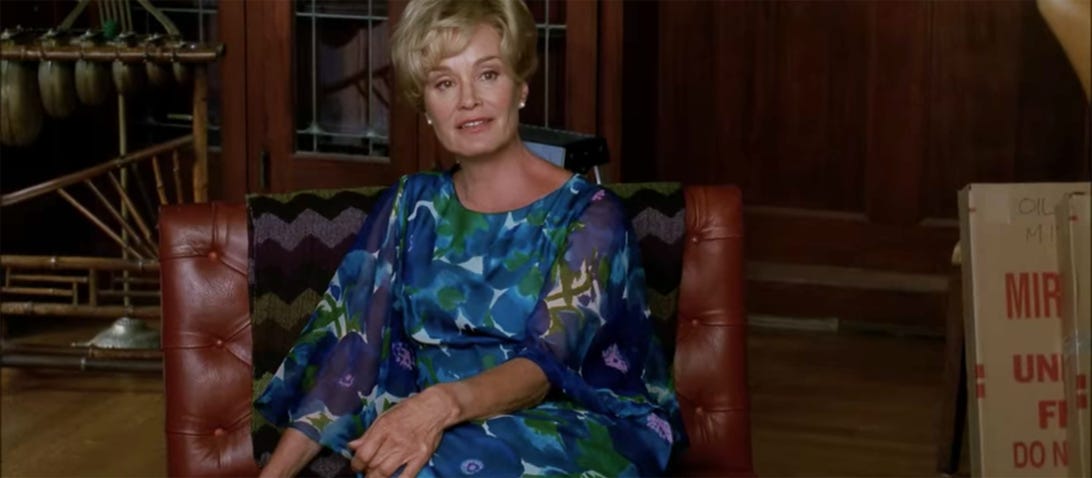
Jessica Lange, American Horror Story: Murder House
FX/NetflixRyan Murphy's worst enemy must be boredom. The prolific producer's head is swelling with ideas for new shows, and the pressure can only be relieved by making them. After dallying with the traditional television format with Nip/Tuck and Glee, Murphy made a decision with a horror series that would regularly allow him to flex his creative muscles and change the way we watch television: he anthologized it. American Horror Story revived the format that was popularized in the 1950s and 1960s but abandoned until 2011, when he delivered a single season of television that told a whole story, and then brought back many of its actors for a second season that told an entirely new, but quasi-related, story.
The results were immediate; the series was an instant hit, the actors felt rejuvenated each season and got to show off range (Dylan McDermott went from crying masturbator in Murder House to homicidal maniac in Asylum, that's range), and viewers could watch any season without concern with what happened in seasons before. Why weren't we always making television this way? During a time of TOO MUCH TV, anthologies were a relief -- we could enjoy them as long-running series or pop in and out at will. It didn't take long for more to spring up: Murphy worked on two more anthologies for FX -- American Crime Story and Feud -- and others, like Fargo, The Haunting (of Hill House), True Detective, and American Crime, also joined the mix. This experimentation with formula also loosened things up for others formats as well.
This Decade of Television Owes a Lot to These Late-2000s Shows
The explosion of limited series owes a lot to American Horror Story and the anthologies that followed it. There might not be a star-studded Big Little Lies or other limited series if not for Woody Harrelson and Matthew McConaughey agreeing to do True Detective, proving that big-name movie stars could make their mark and earn awards in light-commitment television that wouldn't keep them under contract for nine seasons.
Making a Murderer Made True Crime an Obsession
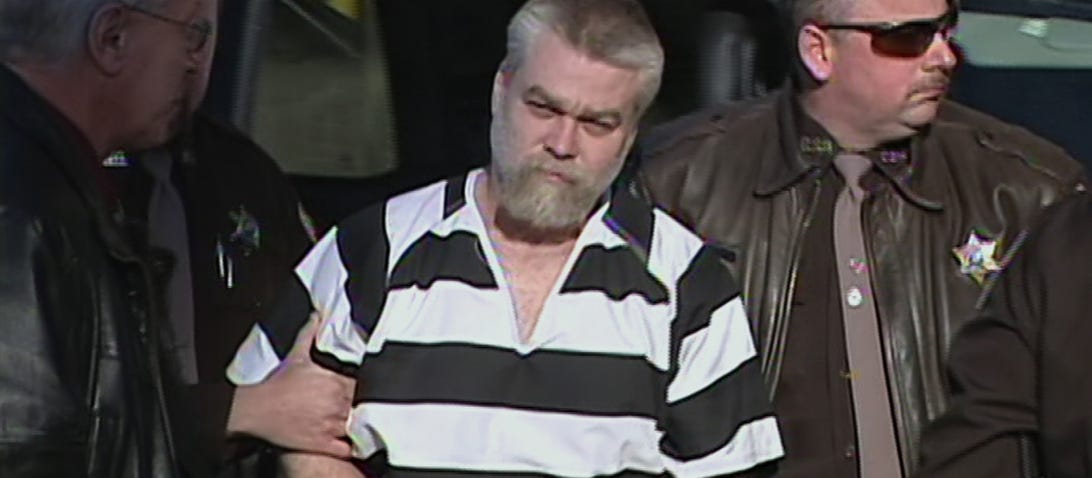
Steven Avery, Making a Murderer
True crime on television used to be the domain of America's Most Wanted and Dateline, but in 2015, Netflix's Making a Murderer legitimized the genre and turned it into YOU GOTTA WATCH THIS fare. The eight-part series perfectly complemented Netflix's binge model as it laid out the case against Stephen Avery in the 2005 murder of Teresa Halbach and introduced new evidence in the case so that it wasn't just a recount of the case, it became a whole new part of it.
The show's surprise success was immediately aped by just about everyone, as our thirst for the macabre and social justice exploded. Conversations With a Killer, Wormwood, Evil Genius, Wild Wild Country, and more rode the wave of true crime that followed. Making a Murderer's popularity even reignited interest in overlooked true crime programs that came before it, like the cult hit The Staircase.
Making a Murderer didn't just affect docuseries; scripted shows thirsted for true crime, too. American Crime Story and The Actwere among shows that added drama and big-name actors to the genre, with varying degrees of success (anyone remember Law & Order: True Crime?). Making a Murderer was even parodied in the well-received American Vandal, which is the ultimate sign that you did something right.
Game of Thrones proved bigger and more expensive is better, especially with genre shows
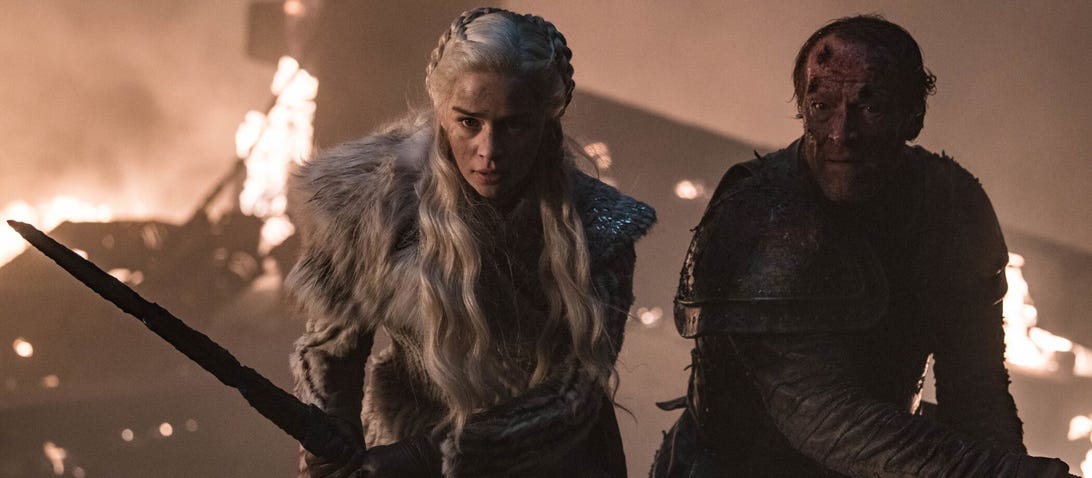
Game of Thrones
HBOWhen Game of Thrones was in development in the late-2000s, the thought among fans of the book was that it was unfilmable. Westeros was too big, the battles too epic, the creatures too grand, and the incest too incest-y. But HBO solved all of those problems with a simple answer: money, and lots of it. Each season of the show was more expensive than the previous, with Season 8 costing more than $90 million to make, or $15 million per episode, well more than double the cost of the typical episode of high-end cable television. As much as that is, HBO will tell you that it was worth it.
The 25 Best Shows of the Decade
The biggest benefit of all that cash was the viewers' sense of immersion, which is critical for genre television, particularly those set in entirely new worlds. Forget Drogon, just take a look at one of Cersei's gowns to see the budget in action. Though Game of Thrones was an expensive risk, it's a gamble networks are willing to take with some other shows because, let's face it, the bar has been set unreasonably high, and in the past decade, costs of sci-fi television shows have blown up like King's Landing in a wildfire explosion as they try to become the next Game of Thrones.
HBO's Westworld and Starz's American Gods reportedly cost $10 million per episode, while CBS All Access' Star Trek: Discovery and Netflix's Stranger Things come in at $8 million per episode. Chasing that sense of immersion, period dramas and all their frilly costumes prove just as costly. TNT's The Alienist spent $9 million per episode, and Netflix's The Crown is currently TV's most expensive series, just north of $10 million per episode (a title likely to be eclipsed by Season 3 of Westworld). Back in the day, the pilot of Lost was seen as the peak of expensive TV for having a $10 million pilot. Now, with business more interested in buzz and subscriber count than profits, it's raining cash as competition between multi-conglomerate corporations wrestle each other for your attention. That rain is about to become a monsoon. The biggest example of buying immersion in a fantasy world is coming with Amazon's upcoming billion-dollar Lord of the Rings series.
House of Cards ushered in the dawn of streaming
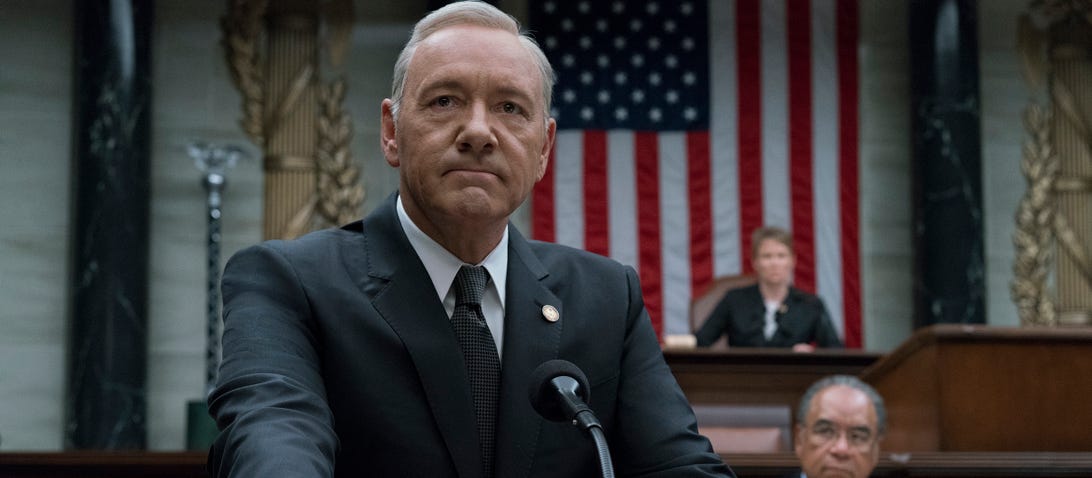
Kevin Spacey, House of Cards
David Giesbrecht / NetflixNo one really knew what to make of Netflix's push into original programming at first -- it hadn't been that long before that Netflix was just the lazy person's Blockbuster. And while a co-production credit for Lilyhammer -- technically Netflix's first exclusive show -- didn't get anyone excited, news that pre-scandal Kevin Spacey and David Fincher were bringing House of Cards to Netflix as its first wholly original series sure did. That star power signaled to everyone -- actors, directors, producers -- that streaming television was more than just dusting off old shows, and the floodgates opened. Jenji Kohan delivered Orange Is the New Black, Eli Roth, a hot name at the time, made Hemlock Grove, the Bluths were back with a fourth season of Arrested Development, and Marvel teamed up with Netflix for five new original series.
The results of those projects varied -- c'mon, Orange Is the New Black was the only really good show -- but it signaled that Netflix had arrived and traditional television was beginning its slow slide into the grave. And though Netflix delivered more failures than hits in its infancy (remember Marco Polo?), Wall Street loved it and the cash kept funneling in, beginning an onslaught of purchases from all genres to keep subscriptions coming. That's turned into huge coups for Netflix, including pricey deals with highly sought-after producers such as Ryan Murphy and Shonda Rhimes, who will shape Netflix for the next decade.
Why We Probably Won't See Shows Like Mad Men and Breaking Bad In the Next 10 Years
Netflix is now the pace car for the rest of the streaming world, setting the standard for big-name and splashy titles on Amazon, Hulu, and the upcoming Disney+, Apple TV+, HBO Max, and Comcast's service. Good luck to them being able to keep up.
Arrow brought capes to broadcast and beyond
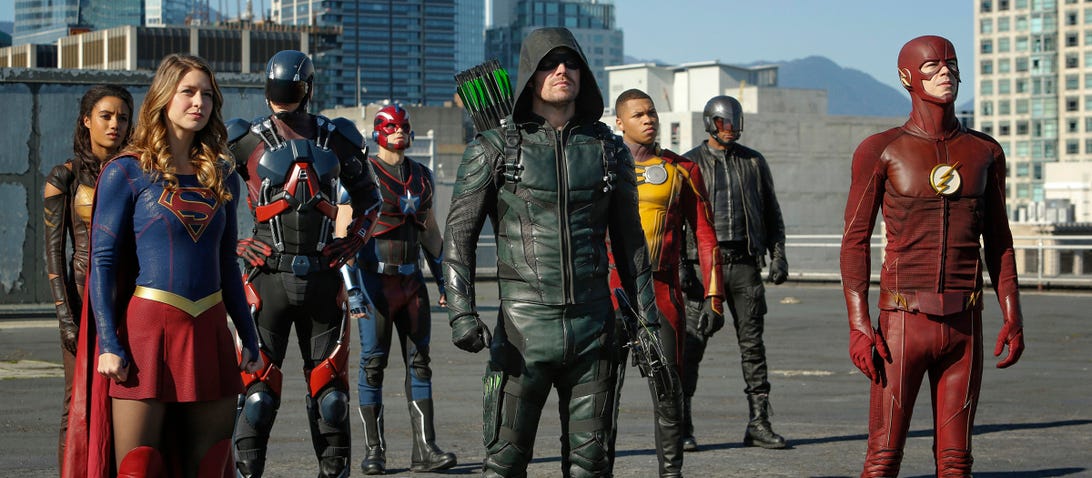
Melissa Benoist, Stephen Amell, and Grant Gustin, Legends of Tomorrow
Bettina Strauss, Bettina Strauss/The CW
Aside from a scattering of various licensed and unlicensed properties (shout-out to The Cape), superheroes didn't take to television quite like they did to film at the beginning of the decade, and especially at the beginning of the millennium. While there's temptation to argue that Smallville set up superheroes on The CW, it wasn't until 2012, when Stephen Amell and his abs bounced and jiggled up the salmon ladder in Arrow, that the modern era of live-action superhero shows was ushered in and reshaped television.
Arrow's immediate success (more than 4 million viewers for its premiere, which is decidedly super for The CW) prompted the network to build almost its entire schedule around superhero shows over the next few years: The Flash joined the network in 2014, Supergirl -- after one season on CW's parent CBS -- moved to The CW in 2016, DC's Legends of Tomorrow debuted in 2016, Black Lightning followed in 2018, and Batwoman premiered this season. That's six programs centered on super-powered crime stoppers for a network that only has 12 slots to play with at any given time, and several of them join forces each season for a crossover to form the network's biggest event of the year.
Despite The CW saturating television with superhero shows, other networks took note of the massive box-office take for comic-based films and thought there was room for more. Agents of S.H.I.E.L.D.and Agent Carter used ABC's connection to Marvel to bring that company's library to broadcast (ABC, so desperate to become a home for Marvel, even forced Inhumans on us), while Fox gave us Gotham, Lucifer, and The Gifted, and NBC gave Constantine the old college try. And of course Netflix went all in with a mega-deal for five Marvel shows, which expanded to six with The Punisher. Superheroes are so omnipresent that here's even a show for people sick of superhero mania: Amazon's The Boys. Without the success of The CW's DC Comics shows, it's also possible the streaming service DC Universe, which is/was home to Titans, Doom Patrol, and Swamp Thing, wouldn't even exist. And there's not enough room here to name the dozens of other shows derived from comic books on various cable, streaming, and online networks.
And lest you think the craze was ending, Disney+ is about to really open a can of Marvel television on fans, and though Arrow is ending after its current season, there's no sign that The CW is slowing down on its superhero content.
Girls was the voice of a new generation, or at least part of it
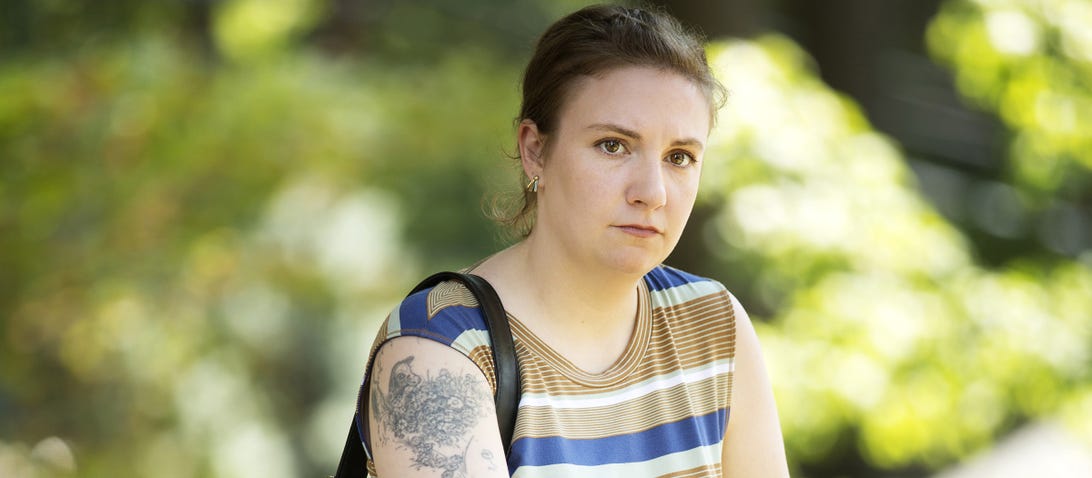
Lena Dunham, Girls
Like it or hate it, Lena Dunham's Girls was an all-caps megaphone for a wide swath of millennials (Dunham, who created, starred in, and wrote the show, was 25 when Season 1 filmed). The extremely raw and controversial series was especially insightful for its portrayal of young women and the relationships between them, the pains of post-college adulthood in an era of a shrinking middle class, and the stupid mistakes 20-somethings make in a sea of distractions that only social media and a big city can provide.
You'd be met with plenty of groans, but you can viably argue that Girls was the most culturally important series of the decade. The show landed with a bang and became fertile ground from which extremely hot takes -- both good and bad -- grew, birthing a forest of TV think pieces that covered everything from the show's depiction of sex and nudity to its lack of racial diversity. Girls was a lightning rod for TV chatter because, unlike Breaking Bad or Game of Thrones, we all knew a Hannah or a Marnie in real life and had BIG opinions on them, because Dunham's writing characterized them as flawed, real people. Likewise, Girls' shortcomings sparked many to declare that Dunham, a self-proclaimed voice of a generation, didn't speak for everyone.
How Well Do You Remember the Biggest TV Moments of the Decade?
But Girls' influence went beyond the Le Croix cooler, as networks desperately sought other generational voices. That led to shows like Broad City, Insecure, Search Party, The Other Two, and more that captured the desperate times of post-graduates trying to pay rent, even though Dunham and her family-famous co-stars never had to worry about that.
The Walking Dead was so big that it started its own corporate entity
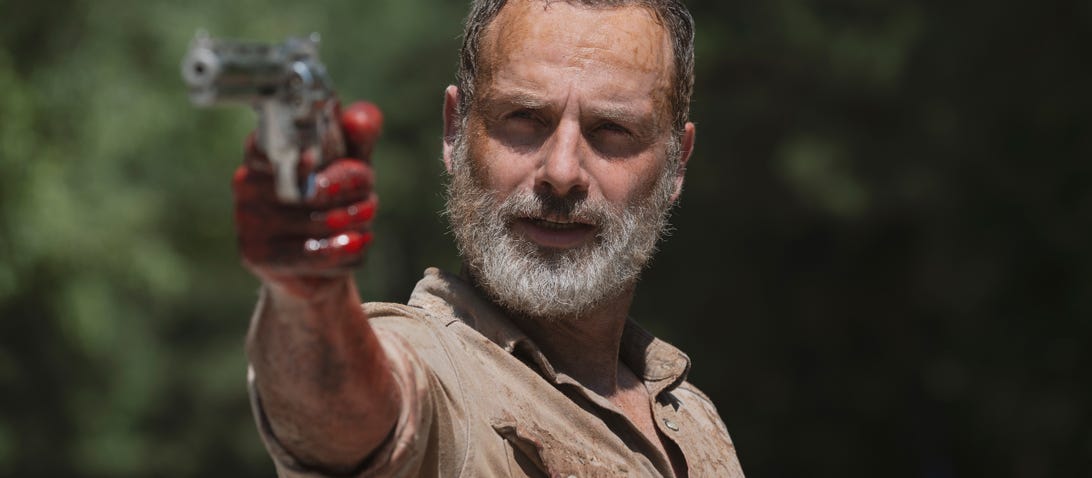
Andrew Lincoln, The Walking Dead
Gene Page/AMCThe first half of the decade belonged solely to The Walking Dead. It was the biggest show on TV and the biggest TV story, going from modest first-season numbers of 5 million viewers to more than 17 million viewers for its Season 5 premiere, the most-watched episode in cable history. At a time when AMC lost cornerstones Mad Men and Breaking Bad in the span of 20 months, the massive success of The Walking Dead made the heartbreak of their losses just a murmur for AMC.
Oddly enough, The Walking Dead's impact on television isn't as great as the others on this list. Yes, there was a surge in comic-book-to-TV adaptations -- particularly violent ones like Preacher, Happy!, and The Walking Dead comic creator Robert Kirkman's Outcast at Cinemax -- and zombie shows -- Z Nation, The Strain, and In the Flesh -- but The Walking Dead's greatest impact came on the franchise itself.
During the meteoric rise of The Walking Dead, AMC developed Fear the Walking Dead, a "companion series," and is currently working on a third series. The Walking Dead was so big that it started an entirely new genre of television, the post-episode discussion show, with Talking Dead, which begat Talking Bad for Breaking Bad, Talking Saul for Better Call Saul, Talking Preacher for Preacher, and Talking with Chris Hardwick in which the host just talked. Other networks and web sites got into the mix with their own takes on Talking, though none were as big as Talking Dead, which sometimes drew more than 7 million viewers.
Even as stars depart The Walking Dead, there's no indication that The Walking Dead is coming to a close, and we could see as many as three The Walking Dead shows on TV at the same time very soon, which is more proof that The Walking Dead is as malleable and popular as broadcast procedurals. The Walking Dead has expanded into video games, books, and web series, and will soon take a bite out of films with a trilogy of movies based Andrew Lincoln's hero Rick Grimes, who left the show in Season 9. The property is so big that AMC has splintered off The Walking Dead into its own entity, with former showrunner Scott Gimple serving as Chief Content Officer of The Walking Dead, creating a corporate structure within a single franchise. That's crazy.
